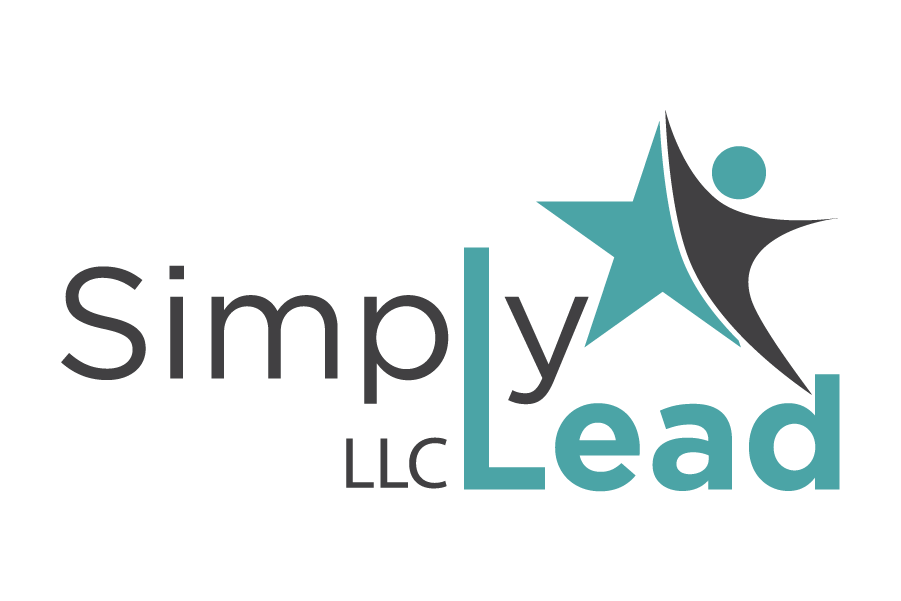Do your actions reflect your DEI language evolution?
The problem with focusing on the language we use to discuss anti-racism work
Over the last few weeks, I’ve been thinking deeply about the language organizations and educational institutions use to discuss their anti-racism initiatives. I can’t shake the irritation I feel every time I observe an organization focusing more on the terminology they use — announcing their evolution from Diversity and Inclusion (D&I) to Diversity, Equity, and Inclusion (DEI,) and now to Diversity, Equity, Inclusion, and Belonging (DEIB) — than on actually doing the actual work in service of creating a safe space for their community members.
While language absolutely matters, the focus on finding the perfect term to explain what any company or organization is working towards too often distracts from the hard, uncomfortable work that needs to be done. In a world where individuals who identify as Black, Indigenous, and/or People of Color (BIPOC) and/or other marginalized identities are faced with everything from irritating microaggressions to bodily harm, inclusive language isn’t enough to turn the tide.
Nor is simply creating a DEIB internal committee. In fact, launching a DEIB committee or publicizing a DEIB initiative without following through with precise, actionable steps has more of a potential to hurt BIPOC employees than to help them.
It happens like this: A smart and skilled BIPOC individual comes across a company, researches its commitment to anti-racist work and sees D&I/DEI/DEIB initiatives splashed across the company website. They think, “Wow, this place is really on top of creating a safe and welcoming environment for BIPOC employees like myself.” This individual applies and is hired only to find that the company isn’t as far along on its anti-racism journey as the website suggests. Yes, the company has a DEIB committee, but no action has been taken to change the way people in the community think and so, microaggressions and offensive experiences continue unimpeded. The new hire is disheartened, mourns the environment they thought they were walking into, and leaves the company hoping to find a safe workspace elsewhere.
For both the company and the BIPOC professional, the situation is discouraging. Companies and educational institutions wonder why they can’t retain BIPOC employees when they’ve created committees and started newsletters with DEIB tips. Meanwhile, BIPOC professionals feel that the company’s actions are simply performative. Furthermore, experiences like this lead marginalized job seekers to wonder if any company is actually doing the work to create a safe, anti-racist internal community.
The key to changing this narrative action. Instead of asking what the acronym for anti-racist work is this year or should be in the future, leaders need to shift their focus to answering these two questions: What is my organization actually doing to make life better for the marginalized people in our internal community? How have things changed within the organization since we committed to creating an anti-racist space?If your organization can’t answer either question, it might be time to seek professional help to develop a truly anti-racist space. Good help, help that changes how an organization functions on a cellular level, requires more than a single presentation or a week of workshops. When creating SimplyLead, it was with the goal of offering real, action-oriented help to school districts and companies who were serious about creating that anti-racist environment.
Our model is one collaboration, where we work with each client to co-design a comprehensive action plan for their organization. Not only do we help individuals within the organization unlearn systemic and internal biases, but we also aid in the redesign of existing anti-racist initiatives, and provide the systems needed to take action.
Anti-racist work isn’t always easy. I’ve seen firsthand the discomfort and fear some people encounter on their anti-racism journey. Taking that journey requires us to look at ourselves, our beliefs, and our biases openly and honestly. It’s much easier to discuss acronyms than to dive into the unknown. This is part of why SimplyLead works with each client through a tailored approach to help move through that discomfort and create lasting personal and organizational change.
So how do I think we should think about anti-racism work as we move forward? I suggest referring to organizational anti-racism committees and initiatives as DEIB+. The plus symbol infers that other values and priorities are automatically included as work in this area continues to evolve. This way we can put the semantics question to bed and focus on creating the anti-racist world we want to live in, which is the beating heart of the entire DEIB+ endeavor in the first place.
